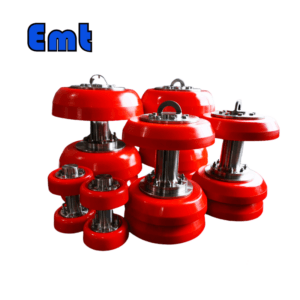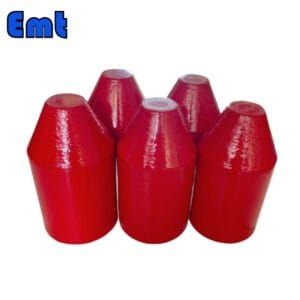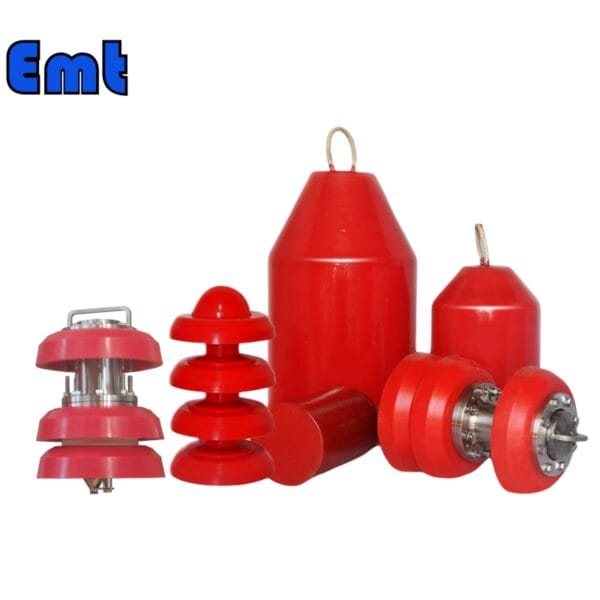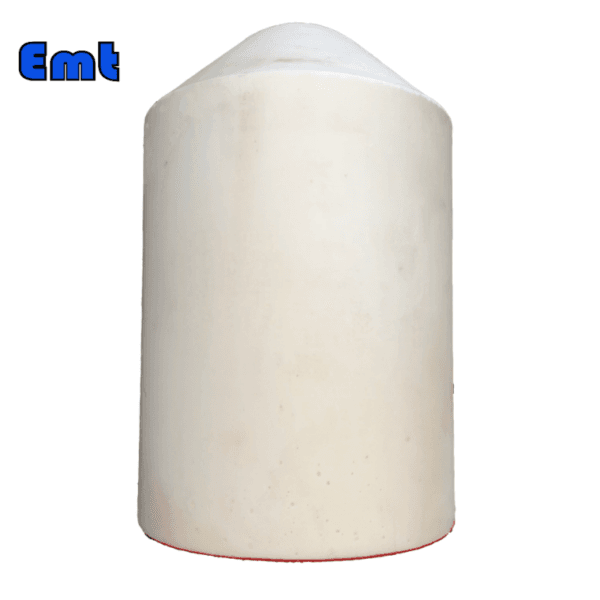Introduction
In the oil and gas industry, maintaining pipeline integrity and efficiency is crucial. Pipeline pigs play an instrumental role in achieving these goals. An oil pipeline pig is a maintenance tool that travels through the length of a pipeline to perform various maintenance tasks such as cleaning, inspection, and sealing.
The versatility of oil pipeline pigs is evident in their ability to adapt to various pipeline conditions and maintenance requirements. These devices come in different forms, including foam pigs for light cleaning and gauging, and more sophisticated intelligent pigs equipped with sensors and cameras for detailed inspections. This allows operators to not only keep pipelines free of obstructions but also to monitor and analyze the structural health of their infrastructure in real time. The data collected by inspection pigs can be used to predict potential failures and schedule preventive maintenance, thus minimizing downtime and maximizing throughput. Furthermore, the use of pigs is a non-invasive method that significantly reduces the environmental impact compared to traditional excavation and repair techniques. By ensuring continuous and reliable operation, pipeline pigs are essential tools that contribute to the safety, efficiency, and longevity of oil and gas pipelines worldwide.
| Name | Customized Foam Pig | ||||
| Material | Polyurethane | ||||
| Light Density | 0.02-0.3g/m3 | ||||
| Medium Density | 0.08-0.12g/m3 | ||||
| Heavy Density | 0.13-0.16g/m3 | ||||
| Feature | 1. High wear resistance | ||||
| 2. Good cleaning performance | |||||
| 3. Low cost | |||||
| Payment | TT/LC | ||||
| Advantage | 1. They are lightweight and flexible. | ||||
| 2. Nice cleaning efficiency. | |||||
| 3. Accurate location tracking. | |||||
Types of Pigs for Oil Pipelines
1. Cleaning Pigs
Cleaning pigs are designed to remove accumulated deposits such as wax, scale, and other sediments that can impede the flow of oil. These pigs can be simple, foam-based units or more complex configurations with scrapers and brushes.
2. Inspection Pigs
Also known as “smart pigs,” these devices are equipped with sensors and tools to assess the condition of the pipeline. They can detect issues like corrosion, metal loss, or cracks, and are crucial for preventive maintenance.
3. Sealing or Batching Pigs
Sealing pigs separate different fluids transported in the same pipeline or clear out the residual liquid after maintenance tasks. They ensure that cross-contamination does not occur between consecutive shipments.
Parameters
| Name | Oil Pipeline Pig |
| Material | 1. steel framework main body. |
| 2. The disc material is available for Polyurethane, Viton, Neoprene, Nitrile butadiene, etc. | |
| 3. The cup material is available for Polyurethane, Viton, Neoprene, Nitrile butadiene, etc. | |
| 4. Steel brush or nylon brush. | |
| Features | 1. Firstly, good wearing resistance. |
| 2. Secondly, strong passing ability. | |
| 3. Nice cleaning performance. | |
| 4. Then accurate location and tracking. | |
| 5. At last, a low rate of false positives. | |
| Packing way | packed pipe cleaning pigs with inner plastic film and outer plywood wooden case. |
| Payment | TT/LC |
| Advantages | 1. Firstly, good sealing performance. |
| 2. Secondly, high wear resistance. |
Advantages of Using Pipeline Pigs
Cost-Effectiveness
Deploying pigs for routine maintenance is less costly compared to other methods such as chemical cleaning or manual inspection. Pigs can cover long distances without the need for direct human intervention, reducing labor costs.
Efficiency
Using pigs ensures that the pipeline operates at optimal capacity. By removing deposits and blockages, pigs restore and maintain the pipeline’s diameter and flow efficiency.
Safety
Regular use of inspection pigs helps in the early detection of potential failures, thereby enhancing the safety of pipeline operations. This proactive approach to maintenance helps avoid environmental disasters and operational downtimes.
Ease of Use
Pipeline pigs are easy to deploy and can be used without major modifications to the pipeline system. Their ability to travel through the pipeline autonomously makes them a practical choice for regular maintenance.
Pipeline Maintenance
Pipeline maintenance is critical for ensuring the safe, efficient transport of oil, gas, and other substances. Regular maintenance helps prevent leaks, ruptures, and other hazardous conditions that can arise from pipeline degradation, such as corrosion or buildup of deposits. Common methods include the use of pipeline pigs, which clean, inspect, and sometimes repair pipelines from the inside. Pigs are tools sent through the pipeline using the flow of the product itself or a separate drive system, and they can provide valuable diagnostics and cleaning without stopping pipeline operations.
Other maintenance techniques involve hydrostatic testing, where water is pumped into the pipeline at high pressure to test its integrity and to find leaks. Cathodic protection is also used to protect pipelines from corrosion through electrochemical means.
Regular surveillance, both aerial and ground-based, along with advanced sensors and software, helps quickly identify potential issues like irregular pressure changes or physical disruptions. Effective pipeline maintenance ensures not only environmental safety but also the economic efficiency of transporting vital resources over long distances.
Additionally, emerging technologies such as drones and robotic crawlers are enhancing pipeline maintenance. These tools provide more frequent and thorough inspections without major disruptions to service. By integrating real-time data analytics, operators can better predict maintenance needs, further optimizing pipeline operations. This proactive approach reduces risks, ensures regulatory compliance, and extends the operational lifespan of the pipeline infrastructure.










There are no reviews yet.